Cyber threats are becoming more sophisticated, and businesses of all sizes are at risk. From data breaches to ransomware attacks, cybercriminals are constantly finding new ways to exploit vulnerabilities. The question is no longer if an organization will be targeted but when. A strong cybersecurity framework is essential for businesses to protect sensitive data, maintain customer trust, and ensure long-term stability.
Building a cybersecurity framework requires a strategic approach that goes beyond basic security measures. Businesses must integrate risk management, employee training, and proactive security policies to create a resilient infrastructure. In this article, we will explore key steps to developing a robust cybersecurity framework that safeguards businesses from emerging threats.
Understanding the Importance of a Cybersecurity Framework
A cybersecurity framework is a structured set of guidelines, policies, and best practices that help businesses manage and reduce cyber risks. It serves as a roadmap for organizations to strengthen their security posture and respond effectively to threats.
Without a solid framework, businesses face:
⚠ Increased vulnerability to cyberattacks that can compromise sensitive information.
⚠ Regulatory penalties for failing to comply with industry security standards.
⚠ Financial losses due to ransomware attacks, data theft, or fraud.
⚠ Reputational damage that can erode customer trust and business credibility.
A well-structured cybersecurity framework mitigates these risks by ensuring that organizations have clear security protocols, risk management strategies, and incident response plans in place.
Key Components of a Strong Cybersecurity Framework
Developing a cybersecurity framework requires a multi-layered approach. Below are essential components that every business should incorporate:
1. Risk Assessment and Management
Every business must first identify and assess its cybersecurity risks. This involves:
✔ Conducting regular security audits to identify vulnerabilities.
✔ Evaluating potential threats, such as phishing, malware, or insider threats.
✔ Understanding the impact of cyber risks on business operations.
✔ Developing a risk mitigation strategy to minimize potential damage.
A comprehensive risk assessment helps businesses prioritize security investments and focus on areas that need immediate attention.
2. Security Policies and Access Control
A cybersecurity framework should include clearly defined security policies that outline best practices and compliance requirements for employees. Important policies to implement include:
✔ Data protection policies to ensure sensitive information is handled securely.
✔ Access control measures to limit unauthorized access to critical systems.
✔ Password management guidelines that enforce strong authentication methods.
✔ Remote work security policies to protect business data from external threats.
Enforcing these policies ensures that employees follow security protocols and reduce the risk of accidental data breaches.
3. Employee Cybersecurity Awareness Training
One of the biggest security risks businesses face is human error. Many cyberattacks succeed because employees unknowingly click on malicious links, download infected files, or use weak passwords. Educating employees on cybersecurity best practices is one of the most effective ways to prevent security breaches.
Training should cover:
📌 Identifying phishing scams and social engineering tactics.
📌 Safe browsing and email security practices.
📌 Secure handling of sensitive customer and business data.
📌 Proper use of business devices and software.
Regular training sessions keep employees informed about emerging threats and help them become the first line of defense against cyber risks.
4. Multi-Factor Authentication and Encryption
To enhance security, businesses should adopt multi-factor authentication (MFA) and data encryption techniques. These measures add additional layers of protection to prevent unauthorized access and data breaches.
🔐 Multi-Factor Authentication (MFA) – Requires users to verify their identity through multiple security steps before accessing systems.
🔐 Encryption – Protects sensitive information by converting data into an unreadable format that can only be decrypted with authorized access.
These security controls minimize the risk of cybercriminals gaining access to business systems, even if login credentials are compromised.
5. Incident Response and Recovery Plan
No cybersecurity framework is complete without a well-documented incident response and recovery plan. Even with strong security measures in place, cyber incidents can still occur. A clear response strategy ensures businesses can react quickly and effectively in the event of an attack.
A strong incident response plan should include:
✔ Defined roles and responsibilities for handling security breaches.
✔ Immediate containment strategies to prevent further damage.
✔ Communication protocols to notify affected stakeholders and authorities.
✔ Backup and disaster recovery plans to restore lost data and resume operations.
Having a proactive response plan in place helps minimize downtime and financial losses while maintaining customer trust.
6. Compliance with Industry Regulations
Depending on the industry, businesses must adhere to various cybersecurity regulations and compliance standards. Regulatory compliance ensures that organizations follow best security practices and avoid legal penalties. Some key cybersecurity frameworks include:
✔ NIST Cybersecurity Framework (National Institute of Standards and Technology) – A comprehensive guideline for managing cyber risks.
✔ ISO 27001 (International Organization for Standardization) – A globally recognized standard for information security management.
✔ GDPR (General Data Protection Regulation) – Protects customer data privacy in Europe and influences global privacy regulations.
✔ HIPAA (Health Insurance Portability and Accountability Act) – Ensures data protection for healthcare organizations.
Businesses should regularly review compliance requirements and update security policies to meet industry standards.
Final Thoughts
Building a strong cybersecurity framework is an ongoing process that requires commitment from business leaders, IT teams, and employees. By integrating risk management, security policies, employee training, and proactive defense measures, organizations can significantly reduce the likelihood of cyberattacks and data breaches.
Cybersecurity is not just a technical issue—it’s a business priority. Companies that invest in a solid cybersecurity framework will protect their assets, maintain customer trust, and achieve long-term success in the digital world.
🚀 Is your business ready to strengthen its cybersecurity framework? Let’s work together to build a more secure future.


